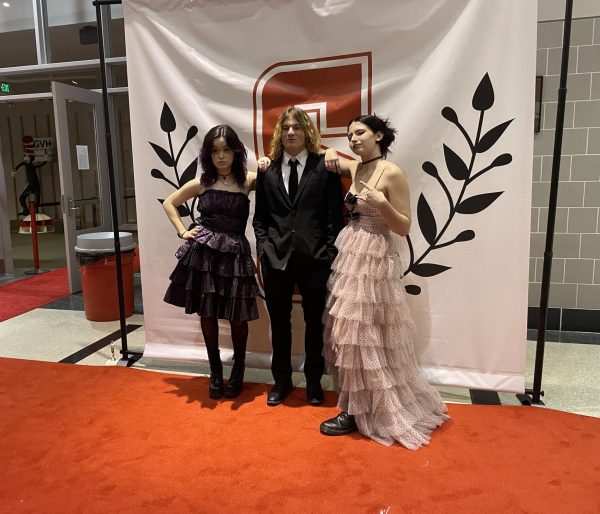Arrowhead Film Review: ‘Avatar: The Way of Water’ pushes activism
EVERETTainment [An Arrowhead Column]: [SPOILERS] James Cameron’s sequel to his first box office hit “Avatar” establishes a deeper meaning regarding the nature of mankind. The film’s recurring theme of humans’ environmental impact humans leaves the audience thinking.
“Avatar: The Way Of Water” follows the story of Jake Sully and Neytiri as they try to protect their family and tribe from the previous movie’s villain, who returns to get revenge.
Taking place more than a decade after “Avatar,” the sequel introduces the audience to many new characters. Jake Sully and Neytiri have three biological children: Neteyam (oldest), Lo’ak (middle) and Tuktirey (youngest). They also take in Kiri, daughter of Dr. Grace Augustine, and Spider, the son of Colonel Quaritch.
Scenes throughout the movie allow us to piece together the humans’ motives. Basically, Earth is dying and will not be habitable in the future. So they are invading Pandora, taking its resources and leading it down the same path as they did to their previous planet.
When the humans return to Pandora, the villain from the first film has his personality and memories transferred into a Na’vi body. When he starts hunting Jake and his family, they flee to a tribe of Na’vi people in the ocean.
This race of Na’vi have adapted to the environment to survive and they teach the family their ways. It was really cool to see different races of the same species interact and observe how different they were based on their adaptations to two distinct environments.
The movie touches on the environmental impact of industrialism by portraying humans as these foreign beings who destroy Pandora for resources and money.
The audience watches as entire ecosystems burn down and are replaced with cities and advanced technology used for the purpose of extracting Amrita, a valuable liquid inside the brain of an ancient race of whale-like beings called Tulkun.
This is a very emotional film. As humans, having to watch other humans (even though it is just a movie) destroy an ancient civilization to make a profit is very sad.
Scenes such as the death of Neteyam and the brutal slaughtering of the Tulkun made many members in the audience break down crying.
Even though the film was sad at some parts, it was quite enjoyable to watch. There was a good balance between emotions that didn’t make the film seem super pushy on activism but got the point across.
However, the film’s enjoyment was limited by the film’s strangely slow pace.
It was overly long, standing at 3 hours, 12 minutes. Many scenes were unnecessary. These scenes could have been removed to create a shorter movie, but their inclusion in the movie did add stories that made the film more fun.
One plot point that was left unfinished was Dr. Grace Augustine’s.
She has been in a coma since the end of the first movie and remained in that state for this whole film. While she is being kept alive through advanced medical machines, her daughter, now being raised with Jake and Neytiri, can do nothing but hope her mother wakes up.
Although sad, this film was a great sequel to the first movie and an even better build up to the third movie.







